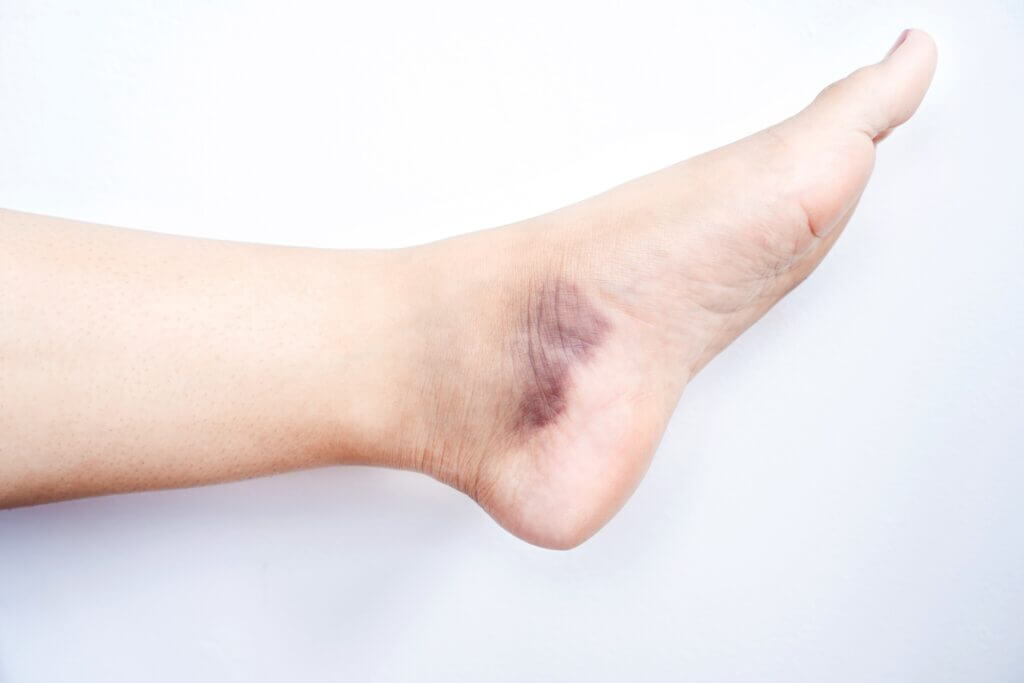Foot Skin Discoloration: A Podiatrist Care
Foot skin discoloration can be a concerning symptom that often indicates an underlying medical condition. While some changes in foot skin color may be harmless, others can be a sign of more serious issues. Podiatrists are equipped to diagnose and treat a variety of foot skin discoloration conditions, offering personalized care and effective solutions.
Common Causes of Foot Skin Discoloration
Foot skin discoloration can be caused by a variety of factors, including:
- Fungal Infections Fungal infections, such as athlete’s foot or toenail fungus, can cause discoloration, itching, and scaling of the skin.
- Diabetic Foot Ulcers People with diabetes are at a higher risk of developing foot ulcers, which can lead to skin discoloration and potentially serious complications.
- Circulation Problems Poor blood circulation can cause the skin on the feet to become discolored, often appearing pale or blue.
- Skin Conditions Skin conditions such as psoriasis, eczema, or vitiligo can cause changes in skin color.
- Trauma or Injury Injuries to the feet, such as bruises or contusions, can lead to discoloration.
- Medications Certain medications can cause changes in skin color, including discoloration of the feet.
- Underlying Medical Conditions Some systemic medical conditions, such as liver disease or kidney disease, can cause foot skin discoloration.
When to See a Podiatrist
If you notice any changes in the color of your feet, it’s important to consult with a podiatrist for proper evaluation and diagnosis. Early detection and treatment can help prevent complications and improve your foot health.
Signs to Watch For
- Unusual discoloration, such as redness, yellowing, or darkening of the skin
- Pain, itching, or burning sensations
- Swelling or tenderness
- Sores or ulcers
- Changes in nail color or texture
Diagnostic Procedures for Foot Skin Discoloration
Podiatrists use a variety of diagnostic procedures to determine the underlying cause of foot skin discoloration. These may include:
- Physical Examination A thorough examination of the feet to assess the appearance, texture, and sensitivity of the skin.
- Medical History Reviewing your medical history to identify any potential contributing factors.
- Blood Tests Blood tests to check for underlying medical conditions that may be causing the discoloration.
- Skin Biopsy A procedure to remove a small sample of skin for examination under a microscope.
Treatment for Foot Skin Discoloration
The treatment for foot skin discoloration will depend on the underlying cause. Podiatrists can provide a variety of treatment options, including:
- Medications Topical or oral medications to treat fungal infections, athlete’s foot, or other skin conditions.
- Wound Care Proper wound care for ulcers or sores to prevent infection and promote healing.
- Lifestyle Modifications Changes in footwear, hygiene practices, or daily habits to improve foot health.
- Surgical Procedures In some cases, surgical procedures may be necessary to address underlying conditions or correct deformities.
Preventing Foot Skin Discoloration
Taking preventive measures can help reduce the risk of foot skin discoloration. These include:
- Daily Foot Care Washing your feet daily with soap and water and drying them thoroughly.
- Proper Footwear Wearing well-fitting shoes that provide adequate support and cushioning.
- Regular Foot Inspections Inspecting your feet daily for any signs of discoloration, sores, or ulcers.
- Diabetes Care If you have diabetes, managing your blood sugar levels and seeking regular foot exams is crucial.
- Addressing Underlying Conditions Treating underlying medical conditions that may contribute to foot skin discoloration.
The Importance of Following Up with a Podiatrist
Regular follow-up appointments with your podiatrist are essential for monitoring your condition and ensuring successful treatment.
- Monitoring Progress Assessing the effectiveness of treatment and making adjustments as needed.
- Preventing Complications Identifying and addressing any potential complications early.
- Ongoing Care Receiving ongoing care and advice to maintain foot health.
By seeking care from a qualified podiatrist, individuals can effectively manage foot skin discoloration and improve their overall foot health. Early detection and treatment are essential for preventing complications and ensuring a positive outcome.


